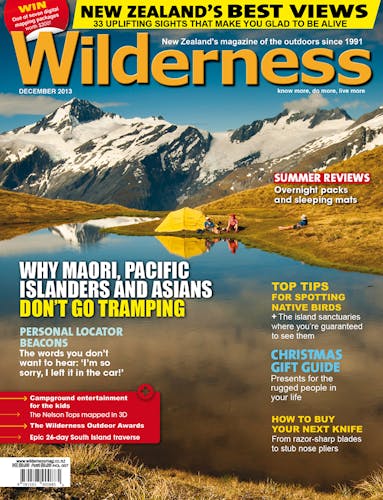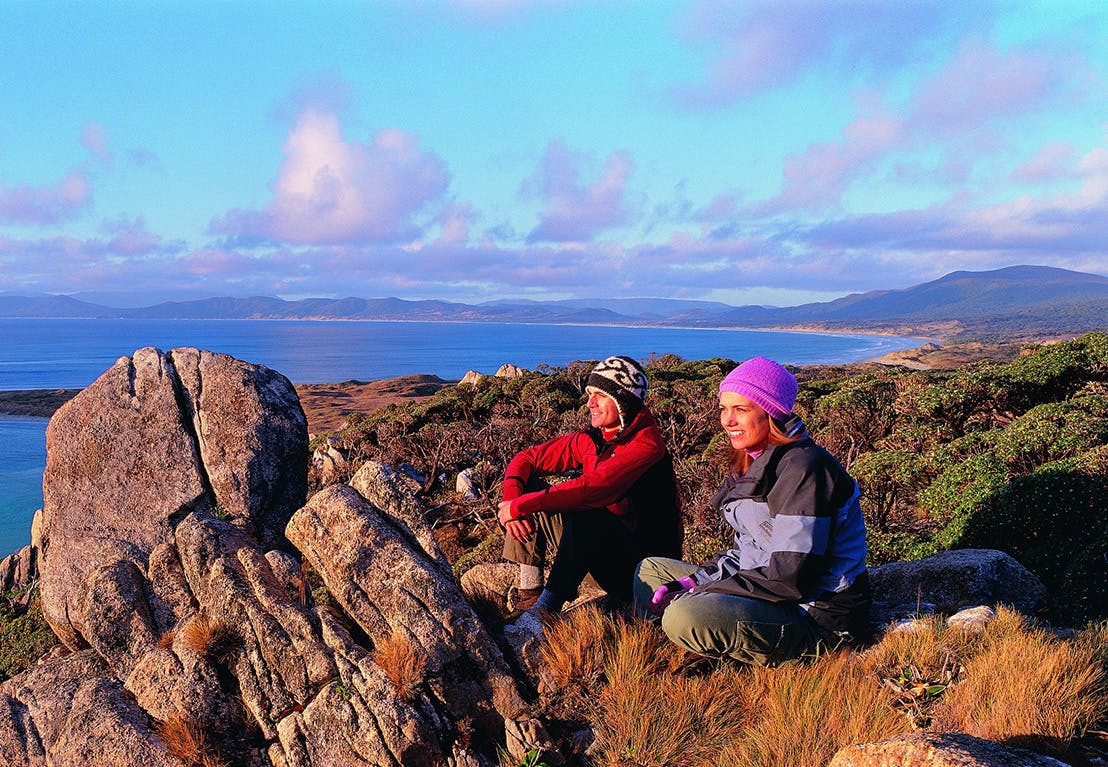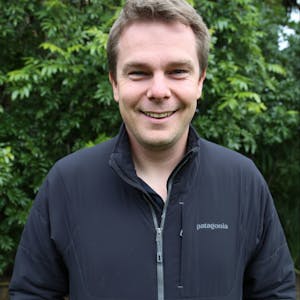Matthew Pike asks why we’re not used to seeing different ethnic groups in the hills and what can be done to change it
When was the last time you passed a Pacific Islander on a tramp? When did you last pass a Maori on a summit ridge or share a backcountry hut with someone from China?
My guess is you’re straining to remember and, if it has happened before, it was a rare occurrence that came as a surprise. There’s no denying that tramping and mountaineering as recreation are predominantly pakeha activities. Your own experience will tell you that. And the stats back it up too.
The most recent research by Sport NZ is quite revealing. It asked thousands of New Zealanders whether they’d been for a tramp – not just a walk – in the past 12 months.
The results suggested that for every 1000 pakeha, 113 have been tramping in the last year, whereas for every 1000 Maori, just 48 say they’ve been for a tramp in the past 12 months. And as there are around five times the number pakeha as there are Maori living in New Zealand, this means pakeha trampers outnumber Maori in the hills by more than 11 to one.
Since pakeha started settling in New Zealand in the 19th Century, tramping and mountaineering quickly became part of the culture. “It stemmed from the romantic movement in Europe at that time,” says historian and writer Chris Maclean. “It was a continuation of the pioneer sense of wilderness and surviving in the rough country, yet Maori were far more adept at surviving than the European explorers.”
When Arthur Dobson first traversed the Southern Alps along what is now known as Arthur’s Pass, he followed the trail recommended by Maori chief Tarapuhi that had long been used by Ngai Tahu as a trading route.
And many of the passes we’re familiar with today were already used by Maori who often helped the European explorers find their way. “The early European settlers were dependent on Maori to survive in the bush,” says Maclean. “The Maori guided them, found food, built shelters and so on. They had been crossing the Southern Alps for hundreds of years. Many of the crossings we have today were pioneered by Maori for trade and warfare.”
“When Maori see people climbing over the mountains they think ‘you’re not right in the head’,” – Dr Ihirangi Heke
So why, with such an illustrious history of connecting with the bush and the land, do we so rarely see Maori enjoying the great outdoors when we’re out and about? As is the case with most changes in the cultural climate, the reasons are not straight forward. But the effects of colonisation have played a huge part in alienating Maori from the bush, according to Dr Ihirangi Heke, who’s involved in a number of initiatives to increase physical activity in Maori communities.
“Our ability to define what existing in those places means has been dislocated from us as Maori,” says Dr Heke “We can’t do that anymore without mainstream deciding for us what tramping should look like – the definition has shifted away from our control. For us to even engage has been pre-determined by pakeha who say we need these clothes, this type of preparation, this understanding.”
Dr Heke says the act of peak bagging is offensive to many Maori to this day. “From a Maori perspective, the mountains are our oldest ancestors and to stand on top of them and say you’ve beaten them is disrespectful,” he says. “You don’t stand on their head and say you’re better when you’ve just been here for 30 and 40 years when that mountain’s been there for millennia.
“When Maori see people climbing over the mountains they think ‘you’re not right in the head’. What’s the reason for going up there? What’s the motivation for standing over those who we value so highly?
“The maunga (mountain) invites us, we don’t go to it. Other people see mountains as a place that they decide to go to. As a Maori, the maunga decides when you’re ready to come.”
Callie Corrigan works for Toi Tangata, an organisation that encourages positive health, fitness and nutrition for Maori and non-Maori. She believes many Maori still engage with the outdoors but in a way pakeha wouldn’t necessarily recognise.
“There are lots of Maori connecting with the land but the words ‘tramping’ and ‘mountaineering’ don’t connect. If I were asked ‘have I been tramping’ for a survey I would answer ‘no’ but if I think about whether I’ve walked through bush and land, then I have – but I would never call it ‘tramping’.
“The key part is connecting with whenua, with the land, and not going to tramp for tramping’s sake. There has to be more of a reason why – searching or hunting for food, perhaps, or walking the trails of our ancestors. It’s never about exercise. Physical activity is just a by-product.”
The Sport NZ statistics do appear to back this up. Maori are as likely, if not more so, to go hunting or fishing as pakeha, suggesting they have different reasons for getting into the wop wops.
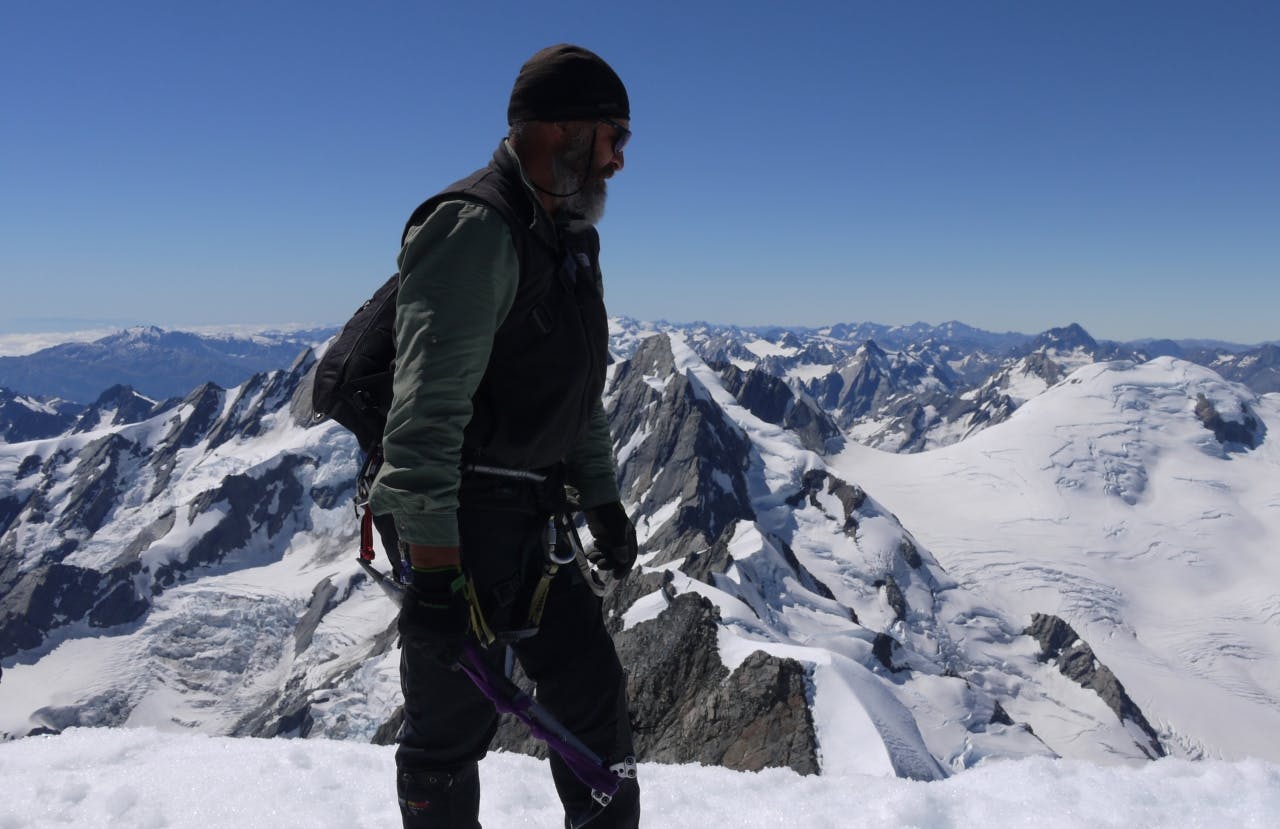
Mark Whetu is one of the few notable Maori climbers, but he admits to growing living a ‘pakeha life’. Photo: Guy Cotter
But financial factors also need to be taken into account. The average income for Maori is 25 per cent lower than that of pakeha. Maclean says this is a result of colonisation and it reduces the chances Maori have of heading to the hills.
“There’s certainly a socio economic factor,” he said. “Tramping is a pursuit of the middle classes and it can cost a couple of grand for all the gear, then there are the vehicles you need on top of that.”
Then there’s urbanisation. After the Second World War there was a huge flood of people moving from the countryside to the cities. “This flood,” says Maclean, “was predominantly Maori who subsequently became detribalised. Many became divorced from their landscapes and it weakened their ability to live with the bush.”
Joe Doherty is from the Tuhoe tribe and was brought up in Te Urewera before migrating to Wellington when he became a student. But the lure of his homeland never left and he returned to the region and runs Te Urewera Treks and sits on several boards including New Zealand Maori Tourism Council and Tuhoe Tourism Federation. He says that although many Maori have lost touch with the bush, there is still a yearning to learn about what it means to their culture and this holds the key to bringing Maori back to the outdoors.
“I have friends in Wellington who are very interested in what the natural environment can do for them,” says Doherty. “And describing nature from an aesthetic point of view, while also capturing the Maori context, will help people to reconnect.
“The idea of walking for the sake of walking is not appealing to Maori. If there’s a means to an end, such as trying to catch pig or deer, or if there’s a backcountry stream that’s good for eeling or trout fishing, then they’re more likely to get out there and do it.
“I think we need to focus more on benefits – not just the physical – but the spiritual and emotional benefits of reconnecting with nature.
“History tells us that Maori are great navigators. A lot of what I learnt about navigation came from an old uncle of mine. Even when he could no longer walk, he had the ability to describe a territory I was unfamiliar with – the routes I needed and the landmarks to look for – they were all locked in his memory.”
There are several schemes nationwide that promote the idea of getting outdoors, such as Aoraki Bound and Toi Tangata, which Callie Corrigan’s involved with. In her view, encouraging Maori into the outdoors needs to be initiated by their own people. “We don’t join tramping clubs because that’s a pakeha construct. It’s seen as a different world – some of the most successful innovations that lead Maori to be physically active are Maori-led, in a Maori world that connects Maori to the landscape.”
One Maori who’s well known in mountaineering circles is Mark Whetu. He’s a cinematographer who’s climbed Everest several times and has guided on many of New Zealand’s toughest summits. But he admits his love of mountaineering stems largely from a pakeha-style upbringing.
“I was brought up on the South Island and am a Maori on my father’s side,” says Whetu. “I’ve lived the pakeha life because I was expected to be like one – there was a social expectation. Historically there’s been a pakeha ignorance of Maori culture of which I’m as much to blame myself. My father had a pakeha teacher at school who would cane the children if they spoke Maori.
“These days we live in more of a melting pot and I’ve not chosen to pick a particular ethnic group to support – I support kids across the board. It’s up to us as adults to encourage everyone to embrace what we have here.”
Statistics may suggest you’re currently unlikely to see Maori in the hills, but the chances of seeing someone from the Pacific Islands is only slightly more likely than spotting a moa. Remember, the Sport NZ survey showed that 113 out of every 1000 pakeha have been tramping in the past 12 months. Whereas, of every 1000 Pacific Islanders, just four (yes, four) said they’d been for a tramp. Put another way, and bearing in mind the Pacific Islander population is far lower than the European one, for every tramper of Pacific Island descent in the hills there are 367 trampers of European descent.
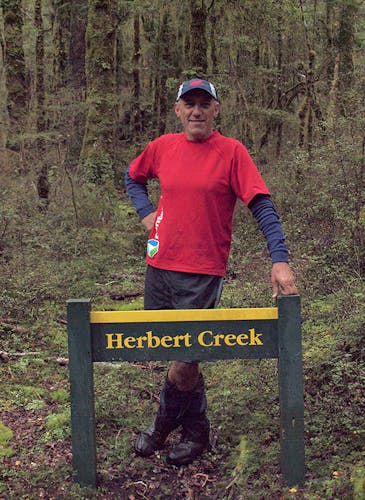
Herb Christophers has never known another Pacific Islander to spend much time in the hills. Photo: Supplied
Keen hiker Herb Christophers is of Cook Island descent on his mother’s side. He’s been a member of Hutt Valley Tramping Club since the 1970s (although he’s no longer a member) and can regularly be seen on slopes in the Tararuas. But he says in all his years of tramping he’s never known another Pacific Islander, other than his cousin, who spends his life in the outdoors.
“Quite often I’ll be going up a ridge and I’ll ask myself ‘I wonder if any Cook Islanders have ever been on this track before’,” he says. “Since I joined the tramping club there hasn’t been one other person of Pacific Island descent, apart from my cousin Fred. There were plenty of Pacific Islanders living in the Hutt Valley but tramping was just not what they did. They were working in the car factories and playing things like rugby league, softball and touch.”
Dr Michelle Schaaf is a lecturer at the University of Otago School of Maori, Pacific and Indigenous Studies. She’s of Samoan and Tongan descent but has lived in Dunedin for most of her life. She says cultural reasons prevent Pacific Islanders from seeing the mountains as a place of recreation.
“We’re from a hunter gatherer background,” she says. “For us, physical exertion should involve contributing to our families and communities. Going mountaineering by yourself may be seen by others as individualistic and selfish – what purpose does it serve? You should be meeting communal obligations.
“Hunting and fishing is popular because you’re bringing food home. It fulfils obligations and you can bring your whole family on these trips.
“A lot of Pacific Islanders came over in the 1960s and their jobs involved hard labour. At the end of the week they were tired and wanted to rest. Why would they want to go mountaineering when they’d been working in factories and on shop floors all week? The cost of going mountaineering is also one of the bigger issues.
“It’s a bit different in the South Island because of physical terrain. When I was growing up I went tramping with my peers, which would have been a very different experience to those who live in Auckland. Familiarity with terrain is so important because you want to feel safe. If you feel you’re not fit enough and people will laugh at you, you’ll not want to be a part of it.”
Schaaf believes a greater understanding of the culture nationwide could make the hills a far more accessible place for Pacific Islanders.
“If you’re running a school camp it’s important to make sure genders are separate. In our culture boys and girls could never sleep in the same hut – it’s out of common courtesy and respect for each other’s bodies. When I was growing up a lot of my peers never came on camp.
“It’s all about community and if we’re going to promote the outdoors to the Pacific Island community we would have to promote tramping as a family activity. The family approach is certainly the way forward.”
The same applies to the Asian community, according to James Jin, a teacher from China who has lived in New Zealand for four years.
Around 10 per cent of New Zealanders are from Asia, yet the number of trampers from Asia is just 4.7 per cent of the population. Jin says this is because there’s a shorter time-frame in which people from South-East Asia can enjoy the hills in a big way.
“My experience is that only young adults before marriage tend to do hiking or mountaineering in Asian societies,” says Jin. “When we’re young adults we have no children and our parents are not yet old, but when we have families we don’t leave them – we do things as a group.
“Asian people tend to be more family orientated. In western culture you can leave children at school or kindergarten, or leave older relatives in a home and feel very natural about it.
“But we tour together as a family which means we can go for walks to see sights, but can’t go hiking. It’s moderate exercise for the sake of the older people and if you don’t include everybody you’ll be looked down upon by your community.”
But it’s not just family values that keep the Asian communities away from serious tramps. The bright lights of city life have become a far greater appeal than wet feet, sweaty backs and speargrass.
“In China, the big cities are being extended and people prefer city life,” says Jin. “They are not used to the hiking environment – if we have spare money we’ll spend it in the city.”
As a tramping community we should be encouraging as many people as possible to join us. The more people learn to appreciate the outdoors, the louder our voice in protecting it and the more resources we can invest to keeping it beautiful.
And it appears whoever it is we’re trying to entice, we’ll get nowhere unless we learn a little about who they are – their customs, their history and how they see the world. Until we learn that lesson, then to many the great outdoors will continue to be a closed shop.





